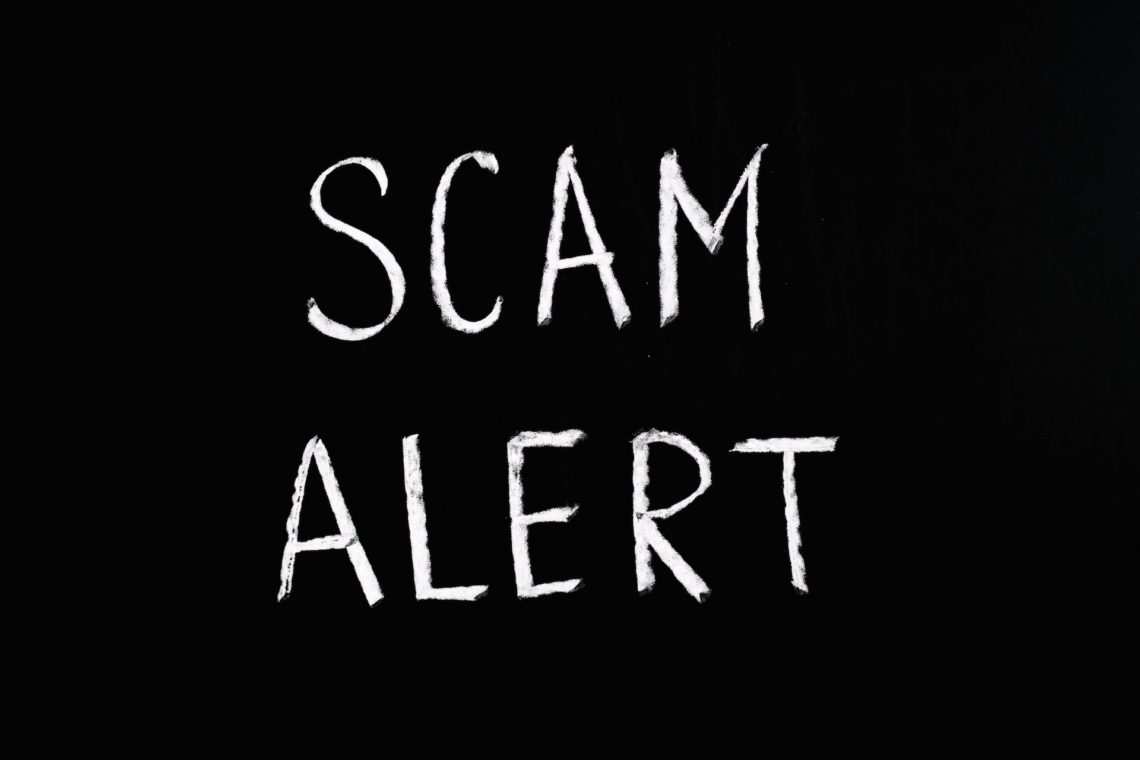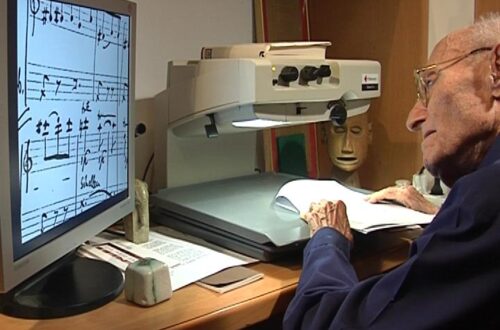
Is Ho’oponopono Fake?
The simple answer to this question is it’s difficult to say, because it has different meanings depending upon from where it’s being asked. In an attempt to do it the justice it deserves, this article will provide answers ranging from the simplest question implied, to its most complicated.
Assuming that the question means something like, ‘If I perform the ho’oponopono prayer correctly will I succeed in saving my pet’s (or even relative’s life), find a way to pay my rent, secure the love of my perfect partner, or buy the house of my dreams’, then the answer is probably ‘No’.

Ho’oponopono isn’t the Law of Attraction (No matter what you may have been told, or read elsewhere). The reason I write this is because ho’oponopono relies upon an unknowable element in which no rules apply. I’ll explain this a little later. For now, it’s sufficient for you to know that whenever you ask for something to occur that’s rooted in a wish (or attachment) to something which appears as concrete in your daily life, then you’re seeking to re-arrange Data within your Subconscious, Inner-Child.
In other words, you’re dealing with the ‘known’, as if you can in some way be in-charge of what’s occurring. Don’t worry, you’re in good company. We all do this because human beings are what psychologists like to call ‘meaning-makers’. We invent stories which explain the things that seem to ‘happen’ to us. The practice of ho’oponopono is one of these. It falls into the category of ‘I did ho’oponopono and my life improved’ or ‘I took the expensive red pill and my headache went away, even though the cheaper white one that the doctor said was the same had no effect at all’.
Did you know that in blind trials very few people prefer the taste of Coca-Cola to another brand? Make the trial open, however, and it’s another story. Why? It’s not that people are lying, rather it’s because a brand name will change the way in which your brain interprets taste.
It all comes down to the Data stored in your subconscious.
An explanation of why ho’oponopono works
With this in mind, the following is a story (theory) about how ho’oponopono gets its remarkable results within our ‘known’ world.
The ho’oponopono model of your psyche is unique. It orders your past, present, and future actions as being records (memories, or data) which is stored in your subconscious mind. So far there’s nothing remarkable about this. Your subconscious is known to control many parameters of living, ranging from growing hair and toe-nails, right up to making your face resemble those of ancestors. Should you break this connection, then a new pattern can occur. People who attempt to lose weight attempt this, although because their attempts are rational, and logical, in all probability they will simply follow the patterns (data) which their parent tried as they were growing up.

We interface with our subconscious through an inner-conversation. This is a strange loop because, strictly speaking your consciousness sits above your subconscious and has the opposite properties. The result is that this ‘conversation’ is often unkind, with people ‘blaming’ themselves for their problems.
The conscious mind is limited to rejecting (or discriminating) between whatever comes into it and in this was makes choices. This provides it with limited free-will, even though it has no idea what will come to it next. The subconscious is its very opposite. It can only provide positive data. It has no discrimination. Even when someone drops a heavy object on your foot, it has no choice but to send pain into your consciousness.
When consciousness criticises, the subconscious saying things like ‘You fool, why did you make me do that?’, the subconscious, like any toddler child, will retreat in pain and feel ‘judged’ or misunderstood. In a toddler, this is the root of mental, or personality difficulties, and so it’s similar for our personal unconscious too.
The conversation between your subconscious and conscious minds is what keeps your world in the shape it is today. If you change the conversation, you’ll alter your world.

The Law of Attraction seeks for you to ‘alter your world’ by getting a better car, gaining in health, or otherwise correcting whatever is troubling you by using a formula to improve upon what you have, or lack. If you’re poor, it seeks for you to become wealthier. When you’re sick, it seeks your recovery using the best possible treatment.
In the systems approach to psychology, this is known as first order change. It’s a change of what’s happening yet all of the component pieces remain in play. Let’s say in a dream you’re running from a monster. Your first order possibilities are to turn and fight, run away, or hope that the dream alters to something more congenial.
The Law of Attraction operates at ‘First Order’ level of story-making.
Ho’oponopono is different. It’s a second level of being. It’s weakness, and therefore your question ‘Is ho’oponopono fake’ can never be fully explained because its mechanism is contained within ‘The Black Box of the Unknowable’. Even if we think we know how it works, all we can say is that we’re telling a story.
Second Order change is when, rather than running, or fighting, or otherwise attempting to change the relative positions of the components of your dream, you awaken.
Suddenly, you’re back in something that’s familiar. The troublesome monster has gone. You’re ‘yourself’ again.
We experience something similar when we die. The elements we’ve borrowed from the soil of the earth are returned to it along with the moisture which makes up much of our physical body, and some gas.
What happens to the Data which controlled all of our life? Some of it gets passed to future generations, some is erased forever. Some finds its way into seemingly ‘random’ situations (coincidences). In ho’oponopono it’s believed that it is a Soul made up of the relationship between the conscious and subconscious minds which will be reincarnated.
This is like our having a similar First Order dream the night following our nightmare. We will continue to dream at the First Order level until something changes.
In ho’oponopono the very first stage is to recognise that something is very wrong with the way in which our Consciousness has been relating to our Subconscious Inner Child. We begin to correct this (ho’oponopono translates as ‘to correct an error’) by interfacing with it as a toddler who has always done it’s best for us, yet has an infant’s limitations.
We do this in a number of ways, including the uses of the ho’oponopono prayer, rites, and cleaning tools. Although the prayer works according to a logical story, rites and cleaning tools are illogical and probably work in the same ways as an expensive red pill is more effective than a cheaper blue one.
Traditional Ho’oponopono
So far, we’ve been discussing the contemporary form of ho’oponopono was taught by Morrnah Nalamaku Simeona, and augmented by Dr. Ihaleakala Hew Len. Traditional ho’oponopono goes back much farther in history. It’s probably unsuitable for most Westerners. It’s rooted in the shamanic practices of ancient Polynesian Islanders. Some claim that ho’oponopono pre-dates Christianity. Certainly, modern ho’oponopono is influenced by it.
As a shamanic practice we believe that its ancient practitioners put their world together in a different manner than today’s people. The aboriginal tribes of Australia aren’t related to Polynesians but their method of ‘walkabout’ in which they’ve learned to read and ‘intuit’ the correct places to ‘be’ in the desert are indicative.
The Inuit people (who live in Alaska, Canada, Siberia, and Greenland) are thought to have 47 different words for snow. The average Westerner has four, or five. We filter the information that comes into our consciousness differently from how it gets translated from an Inuit’s subconscious.
It’s NOT a difference in the recorded DATA in the subconscious. It’s because the Inuit hold different conversations between their personal conscious minds and their subconscious. The relationship, therefore is different.
Ancient shamans and traditional practitioners of ho’oponopono are similar in that they enjoy a different relationship between their personal subconscious and conscious minds. This is why they are protective of the knowledge they hold, as the average person would be overwhelmed by the shift in perception living in their world demands.
The worlds of traditional ho’oponopono kahunas are, however, as real as any you may imagine yourself to inhabit.
Be very careful, within the world of the shaman there is a tradition that a student must come willingly to be trained. Usually, they do so because they’re experiencing some kind of ‘trouble’ in their life. The teacher’s task is to ‘trick’ them into committing to a practice which will eventually lead to their conversion into the shamanic way.
If you read between the lines of Dr. Ihaleakala Hew Len’s stories of his work with Morrnah Nalamaku Simeona you may detect something of this trait. In this sense, ho’oponopono is very real, and it may open the door to an entirely new way of life for you.


You May Also Like

Ho’oponopono: A Personal Message Of Healing Beyond The Mantra

Embracing Ho’oponopono: A Journey Beyond the Physical Universe to Spiritual Harmony
